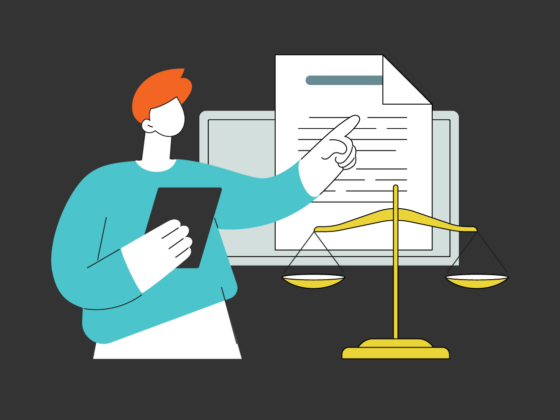Lawyers like to put up a tough front. In fact, that’s their job – to be a zealous advocate for their clients. But underneath the tough facade, lawyers are only human and capable of making mistakes – especially when it comes to technology.
Let’s be honest – no one can ever truly prepare for the discovery of electronic records in litigation. There will always be some wrinkle or complication that will make your life hard. But unless you control the process early on, costs can get out of control and unexpected problems can destroy your case. However, the eDiscovery process can work to your advantage – if you know what to do early on in the process. Here are nine eDiscovery tips we’ve learned along the way to keep discovery affordable and effective for any case:
eDiscovery Tip 1
Hammer Out a Phased Discovery Plan
Agree to limit initial collection efforts to the key custodians so that if initial efforts do not get what is needed, then a new, expanded phase of discovery can begin. This limits the scope of discovery without handcuffing parties later. If discovery of their ESI proves fruitful, parties can decide whether to collect from other, more peripheral players. This allows parties to find key evidence with minimal cost and disruption, but allows for more thorough investigations if evidence proves more difficult to obtain than initially thought.
In small cases, the cost to do electronic discovery should fall under the $10,000 mark. A divorce over limited assets, breach of contract suit between an individual and a small company, criminal cases such as child pornography or online stalking, or theft of proprietary data cases cannot often sustain more than this amount.
eDiscovery Tip 2
Limit the Number of Custodians
Not everyone involved in a given case will have a smoking gun email. Each custodian removed from the list can save time and expense in collecting data.
eDiscovery Tip 3
Choose the Form of Production
When in doubt, always ask for files in their native format to retain all associated information and metadata. Native files can be converted to TIFF or PDFs later for Bates stamping, redaction, and production.
eDiscovery Tip 4
Limit the Search Terms
Too many search terms or terms that are too broad will produce too much ESI to process and review. In addition, test searches before the meet and confer. Poorly worded search strings will not yield useful results later.
eDiscovery Tip 5
Plan Sampling and Metrics
Plan ahead to test the success of your search for ESI. For large document sets, that means sampling and periodic measures to ensure the search is producing results. For more information, consult the TREC Legal Track for the latest in search procedures.
eDiscovery Tip 6
Get it in Writing
It should go without saying, but any agreements should be confirmed in writing. Cooperation is a great ideal, but opposing counsel might not always be on board. Documentation can head off stall tactics, procedural delays, and spoliations claims later on.
eDiscovery Tip 7
Identify the Size of the Problem
Any volume of data obtained in the course of discovery will expand many times over – that is a fact of life in the digital age. In order to process data, files are decompressed, attachments and associated files are opened, which quickly changes the scope of your case. Identify the data types in a document collection and determine if the volume of data is likely to explode before projecting budgets, deadlines, and other terms.
A great deal depends on the file types to be processed. For example, compressed or Zipped files will obviously expand when decompressed, Excel files often includes hidden data that has to be imaged, and Personal Storage Table (.pst) files used to store Microsoft emails expand greatly when uploaded to a review platform.
eDiscovery Tip 8
Maintain Chain of Custody
Log a device or computer on a chain of custody sheet. Photograph and document the computer and its condition when obtaining the data, noting evidence of tampering.
eDiscovery Tip 9
Use Aggressive Data Culling and Filtering Early On
Almost all of the electronic evidence collected in any matter will be useless junk. That’s just a fact of modern computing. Fortunately, computer scientists have a pretty good handle on what’s junk and what’s potentially relevant. De-duplication, data analysis, advanced eDiscovery review analytics, and modern search technology make it possible to limit your collections before the digital tsunami overwhelms your team.
Fortunately, Software-as-a-Service (SaaS) applications offer attractive pricing models and pay-as-you-go ediscovery pricing, allowing firms to perform discovery tasks in-house instead of paying the vendor for those services. It also eliminates the need to buy, install, and maintain expensive software. Without legacy software and processes in place, small and solo firms can effectively litigate any matter, even if the opposition is a large, well-heeled firm with infinite resources.
Download our new e-guide “The Art of eDiscovery Data Filtering” to learn a great deal more about data processing, defensibly reducing data volumes and preparing for document review.






